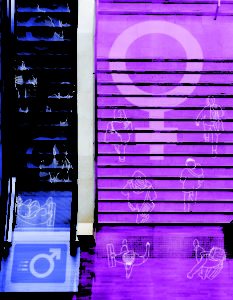 News
News
6. Violence Against Women in Media and Digital Contents
SETTING THE GENDER AGENDA FOR COMMUNICATION POLICY
Violence Against Women in Media and Digital Contents
Aimée Vega Montiel
Defined by the Convention on the Elimination of All Forms of Discrimination Against Women (CEDAW), adopted in 1979 by the UN General Assembly, as any distinction, exclusion or restriction made on the basis of sex which has the effect or purpose of impairing or nullifying the recognition, enjoyment or exercise by women, irrespective of their marital status, on a basis of equality of men and women, of human rights and fundamental freedoms in the political, economic, social, cultural, civil or any other field, violence against women (VAW) constitutes the main obstacle for women’s human rights.
